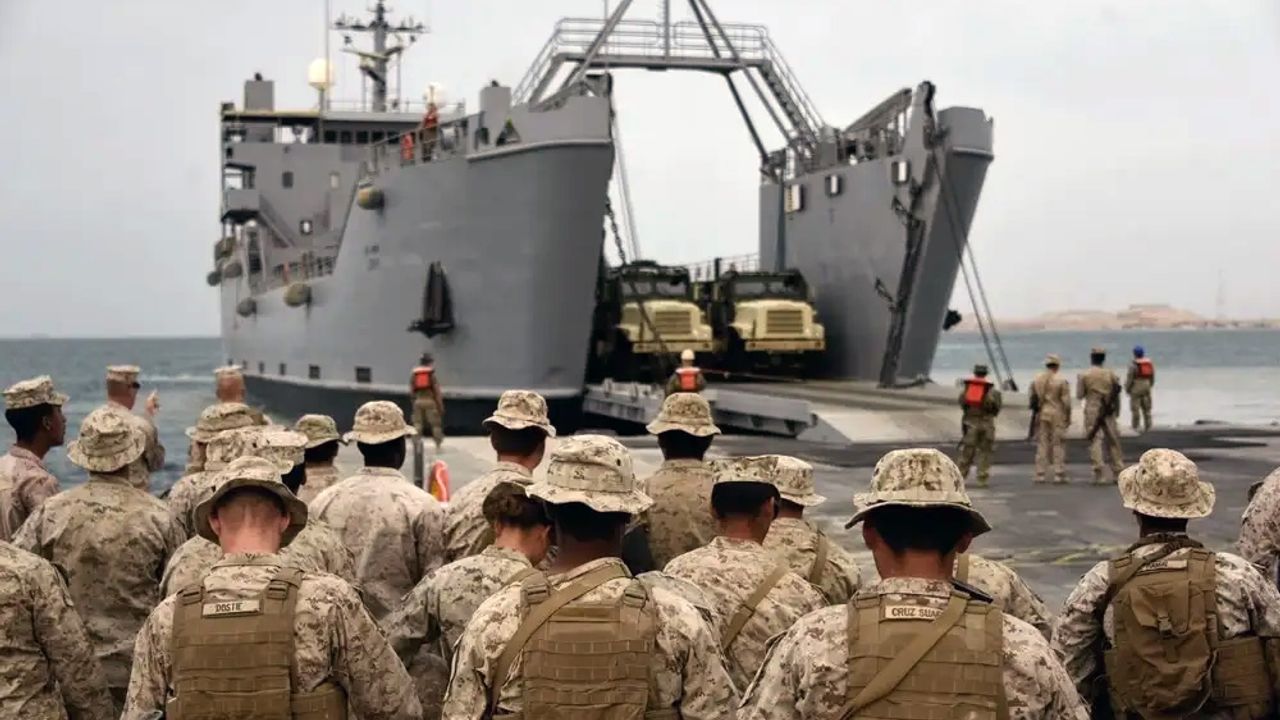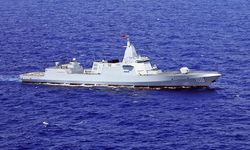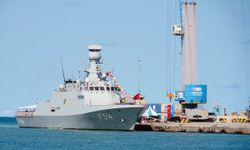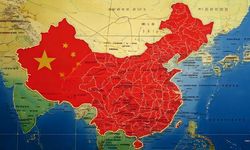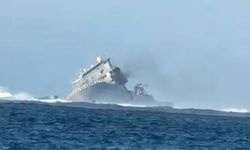After years of focusing on land-based conflicts in the Middle East, the Marines are shifting their attention to the challenging terrain of remote islands.
This move comes as US Navy Admiral John Aquilino highlighted the growing threat posed by China, describing its military buildup as unprecedented since World War II. Aquilino warned that China could potentially invade Taiwan by 2027.
To address these emerging threats, the military is restructuring its Marine units, creating smaller and more agile forces like the 3rd Marine Littoral Regiment.
These units will prioritize intelligence gathering and rapid information sharing, moving away from traditional amphibious assaults. They will also be equipped to execute precision strikes, such as using medium-range missiles to target enemy ships.
Colonel John Lehane, commander of the 3rd Marine Littoral Regiment, emphasized the importance of adapting to adversaries with advanced capabilities, stressing the unit's role in providing critical battlefield intelligence.
The new Marine strategy, known as Force Design, aims to position Marines on the front lines while minimizing their exposure to detection. These "stand-in" groups will support larger joint operations aimed at countering Chinese aggression in the region, particularly towards countries like Taiwan, Japan, and the Philippines.
While analysts view the new strategy as promising, logistical challenges and diplomatic considerations remain. It's uncertain whether regional partners like Japan would allow US forces to operate from their territory, fearing repercussions from Beijing.
Despite the uncertainties, the US military remains vigilant in preparing for potential conflicts in the Pacific.
As tensions continue to simmer, the role of the Marines in safeguarding regional stability and security becomes increasingly critical.
